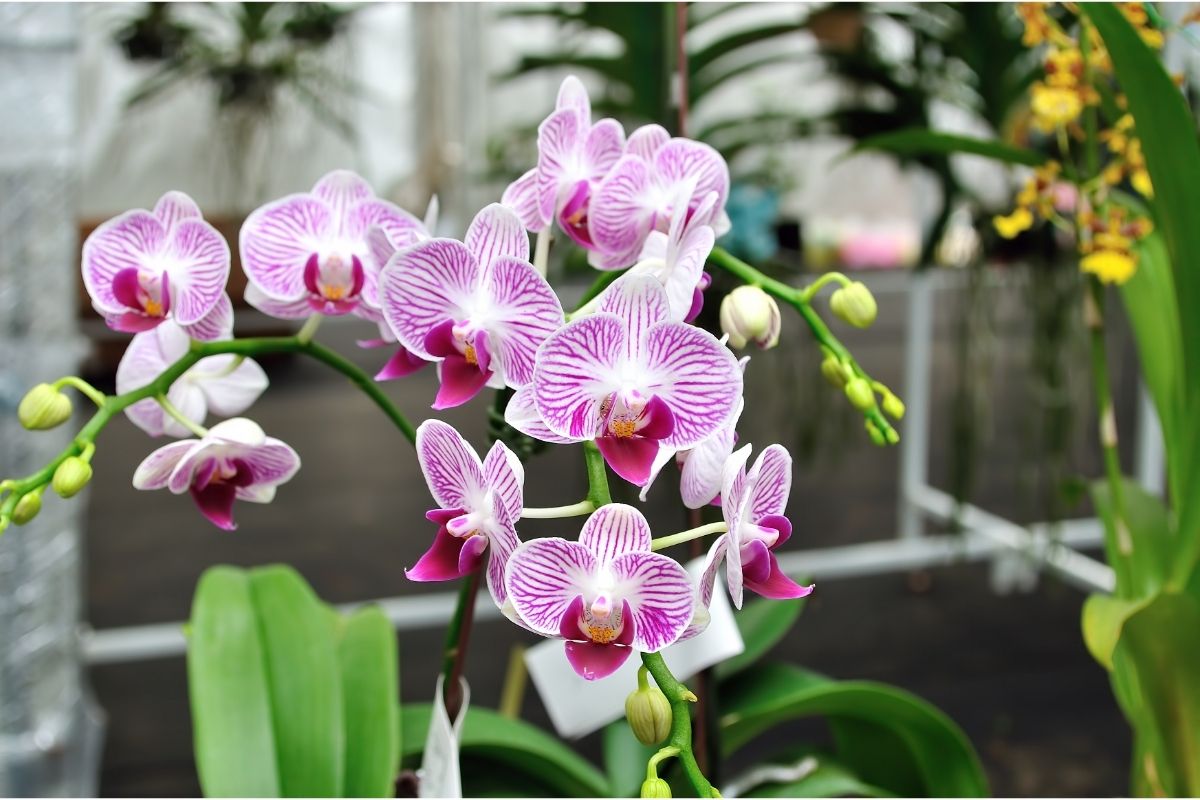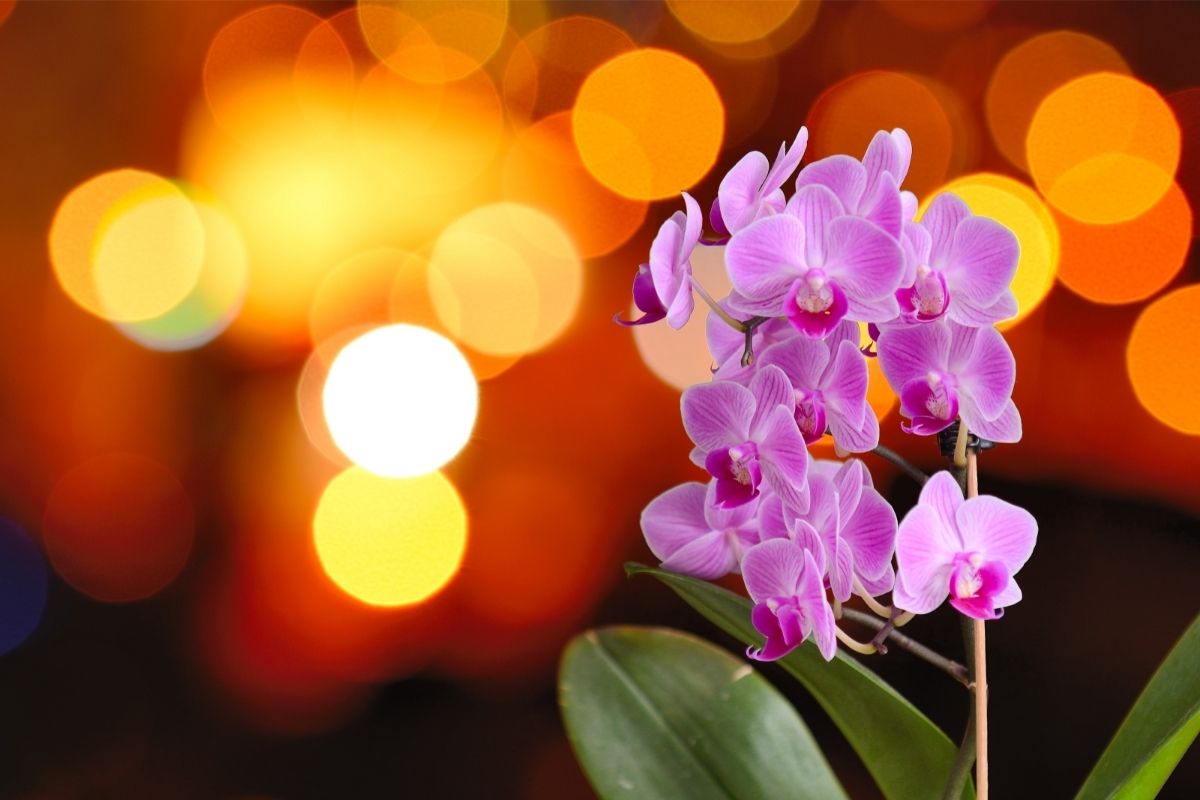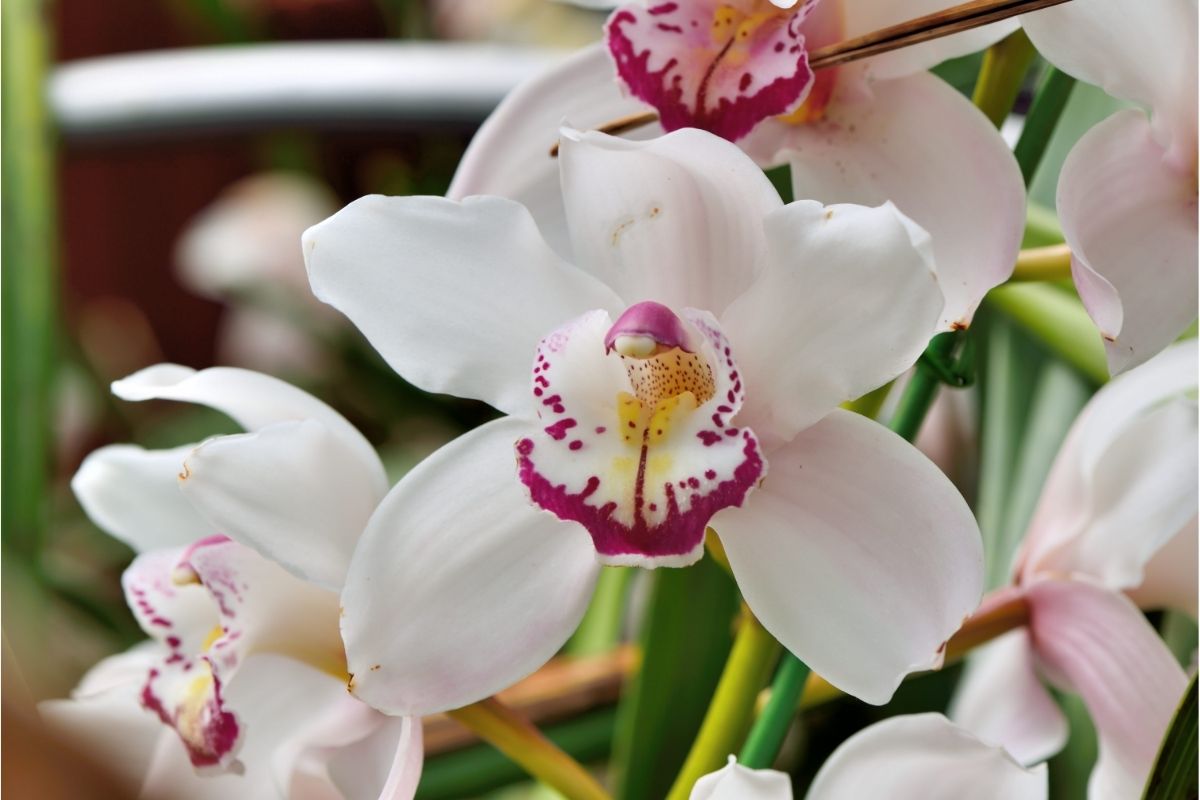How to keep an orchid plant alive? How to prolong the lifespan of your orchid? These questions have been asked by many people who want to grow their own orchids at home.
Orchid plants are beautiful flowers that come from tropical regions. They are also very delicate and require special care.
If you are interested in growing your own orchid, you should know some basic information about them.
If you happen to already own an orchid, then you might be worried that something you will do will end up killing it.
Well don’t fear, we are here to help you. We are going to walk you through everything you need to know in order to keep your orchid alive and healthy.

What Is An Orchid?
An orchid is a flowering plant with long thin leaves and a single flower on top of the stem. There are more than 10,000 different types of orchid species. Some of these have beautiful colors while others are plain white.
The orchid family, which is also called Orchidaceae, is the biggest flowering plant family on earth. The Orchidaceae is the oldest plant family. It is believed this plant family has been around for about 84 million years.
Tip On How To Keep Your Orchid Alive
Now we are aware of what orchids are, let’s have a look at what we can do to keep them alive.
1. Watering
Watering your orchid is vital when it comes to keeping them alive. Orchids should be watered regularly throughout the year.
In fact, they should be watered once a week. However, if you live in a dry climate, you may need to water your orchids more frequently.
In terms of how to water your orchid, you should aim to water the plant under the leaves of the orchid. Try not to get water in the center of the plant. This is also known as the crown.
If you continue to get water in this area it might cause the plant to rot. In order to keep the crown of the plant from rotting, there is a specific time of day when you can water your orchid.
It is best to water your orchid before midday. This is because the sun will be able to dry up any water that is left sitting in the crown of your plant.
When you are watering your orchid make sure that your plant has proper drainage. This helps to prevent root rot as the water doesn’t get stuck in the soil for the roots to sit in.
2. Lighting Is Everything

Another thing to consider when it comes to caring for your orchid is lighting. However, when it comes to keeping orchids alive, there is a fine line between too much light and not enough light.
Orchids need to have access to sunlight, however, it shouldn’t be on them directly. In fact, if you keep your orchids in direct sunlight, the leaves of the orchid might burn. Instead, place them somewhere where they can receive indirect sunlight.
So if you want to keep your orchids alive and healthy, you should place them in a room where they will be hit by the morning light. Ideally, they won’t be in direct sunlight during midday.
The leaves of orchids actually tell us when they are receiving too much or too little sunlight. When the leaves of orchids are really dark, it means that your orchid plant is not getting enough sunlight.
However, if the leaves of the orchid are red or looking a little burnt, it means they are getting too much sunlight.
3. Flowers Need Food Too
If you don’t feed your orchid plants, then they will eventually die out. So if you want to keep them alive, you need to feed them.
When it comes to feeding your orchids, you need to use a light fertilizer. Light fertilizer is one that contains nitrogen, phosphorus, and potassium. These nutrients help to promote growth and development in your orchid.
It is recommended that you use fertilizer every few weeks. Don’t over-fertilize your orchid plants as this can do more damage than good.
4. Cut Your Losses
Sometimes you might find that some of your orchid’s blooms have died. Don’t panic! This happens, and it doesn’t mean that your orchid is on its way to dying. So to protect the rest of your plant, cut them.
There are two ways you can do this. The first is cutting the spike down to the leaves. This method actually helps to make the stem of the plant grow a larger flower in the following year.
Alternatively, you can opt to cut your orchid to the first node of the stem. The stem will recover and will usually produce another bloom after around 12 weeks.
5. Heating Is Key

When you are taking care of your orchid, it is important to think about the climate they are native to.
When it comes to the temperature of the room your orchids are in, it shouldn’t be too hot or too cold. Though it should be on the warmer side.
Orchids should be kept in a room that is at least above 65 degrees Fahrenheit. However, the temperature of the room should not pass 80 degrees Fahrenheit.
If you live in a colder area, you may need to adjust the temperature of your room accordingly.
You also need to ensure that the humidity level is right. If it is too humid, then the air inside the house will become moist which could lead to mold.
On the other hand, if it is too dry, then the air will become stale and unhealthy for your orchid.
In order to maintain the ideal humidity levels, you need to mist your orchid regularly. You can use a spray bottle filled with water. Just fill the bottle up and spray your orchid from time to time.
6. Say No To Soil
Another way to ensure your orchid survives is to not pot them in soil. If you are having trouble keeping your orchid healthy, it could be because they aren’t thriving in soil. Orchids are plants that grow by attaching themselves to other plants like trees.
So instead of putting your orchids in soil, you can put them in bark instead.
7. Repot Them
To keep your orchids healthy, make sure you repot them once in a while. This will give you an opportunity to give your orchids more nutrients, check the drainage system is working, and change out some bark.

Frequently Asked Questions
How Long Does It Take For My Orchid To Start Growing?
If you already own an orchid that has flowered, then it can take up to a year for it to bloom again if the bloom was cut. Seedlings of orchids can take up to 4 years to mature.
How Often Should I Fertilize My Orchid?
If you want your orchid to stay healthy and strong, you need to feed it every couple of weeks.
Some might recommend feeding your orchid once a month. This depends on how strong the fertilizer you use is.
What Kind Of Sunlight Should My Orchid Get?
Your orchid needs full sun but not direct sunlight. Direct sunlight can cause damage to the leaves of your orchid. Make sure your orchid is not in the sun during the sun’s peak time.
Related: 50 Types of Orchid Flowers You Need to See (Including Pictures)
Final Thoughts
There are many things you can do to ensure your orchid stays healthy and happy. It doesn’t matter what type of orchid you have as long as you know how to take good care of it.
One thing to remember when caring for your orchid is that you don’t need to spend a lot of money on it. All you really need is a bit of knowledge and patience.
Hopefully, this article helped you learn how to properly care for your orchid. If you enjoyed reading this article, please share it with others. Thank you for reading!
Editor’s Recommendations
19 Different Types Of Brown Plants (Including Photos)







